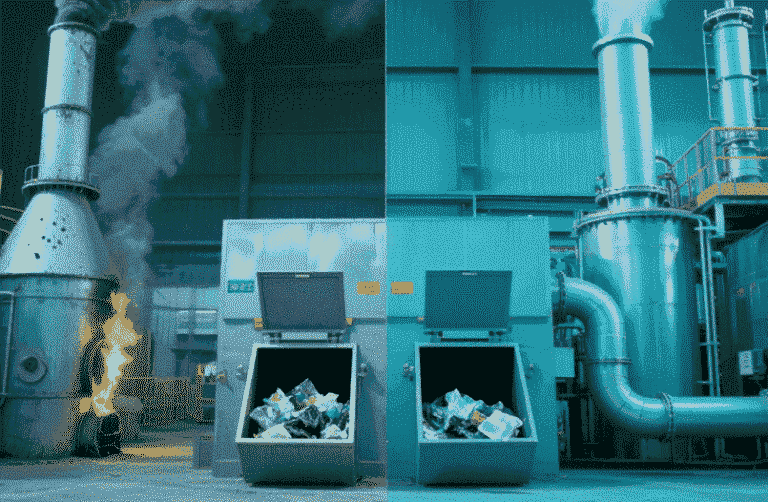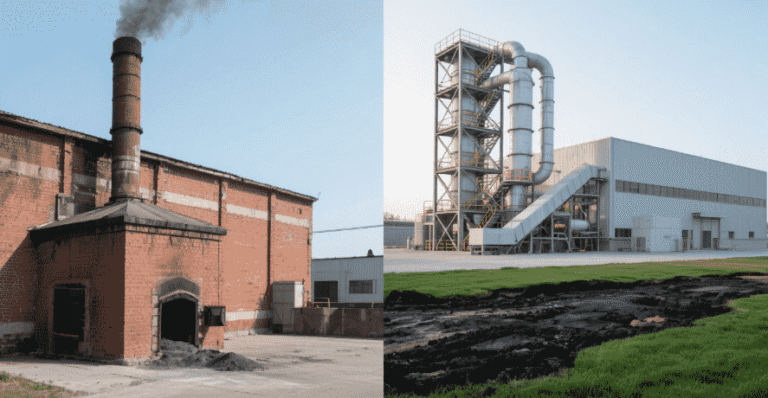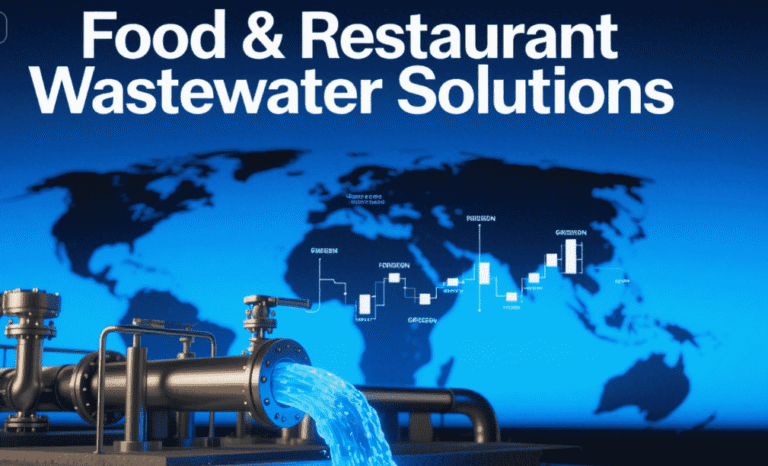Welcome to My Blog! 🌟
I’m so glad you’re here! Before we jump into the exciting content, I’d love for you to connect with me on my social media platforms. It’s where I share extra insights, interact with our amazing community, and post regular updates. Here’s how you can join the conversation:
📘 Facebook: Follow me on Facebook for more updates
Now, let’s dive into the journey ahead. I hope you find everything here both engaging and valuable. Together, let’s explore, learn, and grow! 🚀
Table of Contents
Introduction
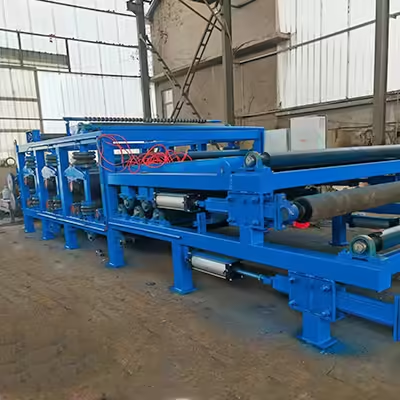
Sludge dewatering machines are critical in wastewater treatment, mining, and industrial processes, helping reduce sludge volume and disposal costs. However, poor maintenance, operational errors, and outdated components can shorten their lifespan, leading to frequent breakdowns and expensive repairs.
This guide explores seven proven strategies to maximize the operational life of sludge dewatering machines, ensuring efficiency, cost savings, and compliance with environmental regulations.
NO 1. Optimize Feed Sludge Characteristics
The quality of incoming sludge significantly impacts machine The optimization of feed sludge characteristics represents a fundamental aspect of ensuring optimal performance for sludge dewatering machines in wastewater treatment operations. The quality and composition of incoming sludge directly influence the operational efficiency and longevity of sludge dewatering machines, with poorly conditioned sludge leading to multiple operational challenges. When sludge enters the sludge dewatering machine with improper characteristics, it can cause accelerated wear on critical components, frequent clogging of filtration systems, and significantly reduced dewatering efficiency – all of which increase maintenance requirements and operational costs.
Maintaining proper solid content between 15-30% dry solids is crucial for sludge dewatering machines to function at peak performance levels. This concentration range allows the sludge dewatering machine to achieve optimal separation of liquids and solids without overloading the mechanical systems. The particle size distribution of the sludge also plays a vital role in how effectively a sludge dewatering machine operates. While larger particles generally enhance filtration rates and improve cake formation in sludge dewatering machines, excessively large particles may cause abrasion damage to sensitive components like filter belts or screw press mechanisms.
Chemical conditioning with appropriate flocculants, particularly polyacrylamide-based polymers, significantly enhances the performance of sludge dewatering machines by improving particle agglomeration and water release properties. The selection and dosage of these conditioning agents should be carefully calibrated to match the specific characteristics of the sludge being processed by the sludge dewatering machine. Implementing a regular sludge testing protocol enables operators to make data-driven adjustments to the sludge dewatering machine’s operational parameters, ensuring consistent performance under varying feed conditions. This proactive approach to feed sludge management not only maximizes the throughput and efficiency of sludge dewatering machines but also extends their service life by reducing unnecessary mechanical stress and wear.
NO 2. Implement a Preventive Maintenance Schedule
Routine maintenance is the most effective way to extend sludge dewatering machine life.
Essential Maintenance Tasks:
| Component | Inspection Frequency | Maintenance Action |
|---|---|---|
| Belts/Filters | Daily | Clean, check for tears |
| Bearings & Motors | Weekly | Lubricate, monitor vibration |
| Screws/Rotors | Monthly | Inspect for wear, realign |
| Control Systems | Quarterly | Calibrate sensors, update software |
Best Practice: Keep a maintenance log to track wear patterns and predict failures.
NO 3. Upgrade to Advanced Wear-Resistant Materials
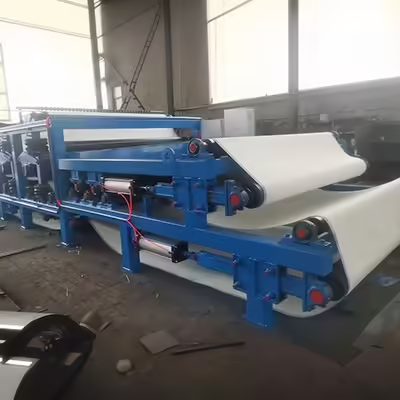
The selection of materials in sludge dewatering machines plays a pivotal role in determining their operational lifespan and maintenance requirements. Traditional components often succumb to the harsh conditions of sludge processing, leading to frequent replacements and downtime. Modern material science offers several innovative solutions:
Ceramic-coated screws represent a breakthrough for screw press applications. These coatings combine the structural strength of steel with the wear resistance of ceramics, achieving:
- 3-5 times longer service life compared to uncoated screws
- 60% reduction in friction-induced energy losses
- Resistance to both abrasive wear and chemical corrosion
Polyurethane filter belts have revolutionized filtration technology with their:
- Exceptional tear strength (up to 800 N/mm²)
- Chemical resistance to pH ranges from 2-12
- 50% longer lifespan than traditional polyester belts
- Improved cake release properties reducing cleaning cycles
Stainless steel components in critical wear zones provide:
- Corrosion resistance in high-moisture environments
- Structural integrity under continuous operation
- Compatibility with CIP (Clean-in-Place) systems
The German municipal case study demonstrated that strategic material upgrades can transform equipment economics. By investing €120,000 in abrasion-resistant upgrades, the plant:
- Improved dewatering efficiency by 15%materials.
- Reduced annual maintenance costs by €65,000
- Extended service intervals from 3 to 8 months
- Achieved full ROI in just 22 months
NO 4. Optimize Operational Parameters
Precision operation is the cornerstone of maximizing sludge dewatering machine longevity. Each operational parameter exists within an optimal range that balances performance with equipment preservation.
Belt Speed Optimization requires careful consideration of:
- Sludge characteristics (particle size, viscosity)
- Target cake dryness (typically 18-25% DS)
- Wear patterns on guide rollers and bearings
- Energy consumption profiles
Modern systems employ adaptive speed control that:
- Automatically adjusts based on real-time sensor data
- Maintains optimal G-force (typically 300-500G)
- Preserves belt integrity while maximizing throughput
Pressure Management involves:
- Gradual ramp-up to prevent hydraulic shock
- Monitoring of membrane/plate deflection
- Seal integrity verification
- Differential pressure controls
Wash Water Optimization systems now feature:
- Self-cleaning nozzle technology
- Water recycling capabilities
- Conductivity-based cleaning efficiency monitoring
- 30-50% reduction in water consumption
The integration of IoT-enabled monitoring has elevated parameter optimization to new levels. A leading wastewater plant reported:
- €82,000 annual savings in operational costs
- 28% reduction in energy use
- 40% fewer unplanned stoppages
- 15% improvement in cake dryness consistency
NO 5. Train Operators for Better Handling
Human error accounts for 30% of premature failures in sludge dewatering machines.
Training Priorities:
✔ Proper Startup/Shutdown Procedures
✔ Recognizing Early Warning Signs (e.g., unusual noises, vibration)
✔ Emergency Response Protocols
Impact: Well-trained operators can reduce unplanned downtime by 50%.
NO 6. Invest in Automation & Smart Controls
The integration of smart technologies into sludge dewatering machines represents a quantum leap in wastewater treatment efficiency. Modern automation systems transform conventional dewatering equipment into intelligent, self-optimizing assets through several groundbreaking features:
AI-Driven Polymer Dosing Systems revolutionize chemical usage by:
- Continuously analyzing sludge viscosity and composition
- Automatically adjusting polymer type and dosage in real-time
- Learning from historical data to predict optimal treatment parameters
- Reducing chemical consumption by 15-30% while improving cake dryness
Predictive Maintenance Networks employ advanced sensors to:
- Monitor vibration patterns in bearings and rotating components
- Detect early signs of belt misalignment or filter clogging
- Forecast component lifespan with 85% accuracy
- Schedule maintenance during planned downtime periods
Remote Performance Monitoring Platforms enable:
- 24/7 equipment tracking from centralized control rooms
- Automatic generation of performance benchmark reports
- Instant alerts for abnormal operating conditions
- Cloud-based data storage for long-term trend analysis
The food processing plant case study demonstrated remarkable ROI:
- Payback period: 14 months for the automation upgrade
- Annual energy savings: $180,000 (25% reduction)
- Chemical cost reduction: $95,000 (28% decrease)
- Maintenance labor savings: $65,000 (40% less downtime)
NO 7. Plan for End-of-Life Upgrades
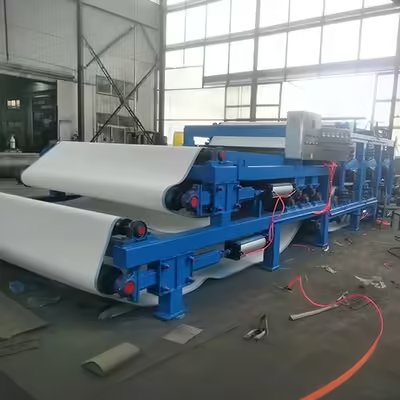
Even with exemplary maintenance, every sludge dewatering machine reaches a point where upgrading becomes economically prudent. Strategic replacement planning should consider:
Key Upgrade Indicators
- Operational Reliability Metrics
- More than 3 major breakdowns annually
- Spare parts lead times exceeding 4 weeks
- Maintenance costs surpassing 35% of new equipment value
- Technological Obsolescence Factors
- Lack of energy recovery capabilities
- Inability to integrate with modern control systems
- Non-compliance with current emission standards
- Process Requirement Changes
- Handling sludge with viscosity over 1,500 cP
- Meeting new dryness standards (e.g., >28% DS)
- Adapting to 20%+ capacity increases
Retrofit vs. Replacement Analysis
- Cost Comparison: Retrofitting typically costs 40-60% of new equipment
- Performance Impact: New machines offer 15-25% better efficiency
- Downtime Considerations: Retrofits can often be done in phases
- Future-Proofing: New installations accommodate next-gen technologies
Lifecycle Planning Tools
- 5-Year Total Cost of Ownership projections
- Energy Efficiency Payback Calculators
- Carbon Footprint Impact Assessments
- Government Incentive Program Evaluations
Implementation Strategies
- Phased Transition Approach
- Pilot test new technologies alongside existing equipment
- Gradual decommissioning of outdated units
- Cross-training for operations staff
- Performance Contracting Options
- Energy Savings Performance Contracts
- Build-Operate-Transfer arrangements
- Leasing programs with upgrade options
- Sustainable Disposal Methods
- Equipment recycling programs
- Resale markets for functional components
- Environmental impact assessments
This comprehensive approach to sludge dewatering machine lifecycle management ensures optimal performance while maximizing return on investment throughout the equipment’s operational lifespan.
Conclusion
By following these seven strategies, operators can extend machine life by 5-10 years, reducing capital expenditures and improving operational efficiency. The key lies in proactive maintenance, smart upgrades, and continuous optimization.
FAQ
How often should sludge dewatering machines be serviced?
For optimal performance, conduct daily visual inspections of belts and filters, weekly lubrication of bearings and moving parts, and comprehensive system checks including sensor calibration every 3-6 months, with annual overhauls of critical components like screws and gearboxes.
What’s the average lifespan of a sludge dewatering machine?
With proper maintenance, sludge dewatering machines typically last 7-15 years, though harsh operating conditions (e.g., abrasive sludge, 24/7 operation) may reduce this to 5-8 years, while premium models with advanced materials can exceed 20 years.
Can older machines be retrofitted with smart controls?
Most manufacturers offer retrofit kits for automation, allowing older machines to integrate IoT sensors (vibration, pressure, flow rate), automated polymer dosing systems, and cloud-based monitoring platforms at 30-50% the cost of new equipment.
What’s the biggest cause of premature failure?
The top failure causes include improper sludge conditioning (35% of cases), inadequate lubrication (25%), misalignment of mechanical components (20%), and overloading beyond design capacity (15%), all preventable through staff training and scheduled maintenance.
How much can automation reduce operating costs?
Automated systems reduce operating costs by 25-30% through optimized polymer usage (15% savings), energy-efficient operation (10% savings), and predictive maintenance that cuts unplanned downtime by up to 40%, typically paying for upgrades within 2-3 years.



